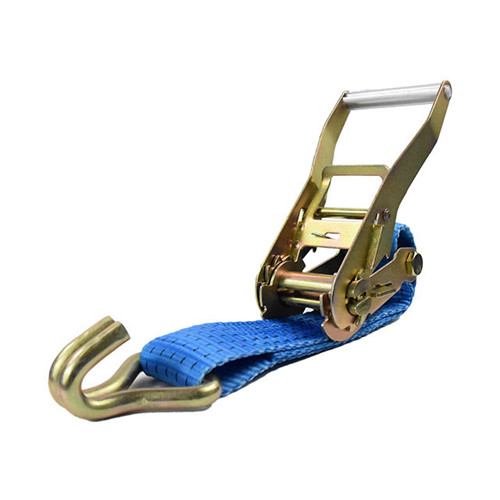Precautions for Using Slings
by Iris Qiu on 2022-09-22
Precautions for Using Slings
Follow Good Lifting Practice Plan your lift and light maneuvers before you start lifting. When hoisting, use the sling connection method correctly. The sling is properly placed and connected to the load in a safe way. The sling must be placed on the load so that the load can balance the width of the sling; never knot or twist the sling and sew. Parts cannot be placed on hooks or lifting equipment and are always placed on the upright part of the sling to prevent label damage by staying away from the load, hook and locking angle.

Use caution
1. Do not use damaged slings;
2. When hoisting, do not twist or twist the sling;
3. Do not let the sling be knotted when using it;
4. Avoid tearing the joint part of sewing or overloading;
5. When moving the sling, do not drag the sling;
6. Avoid the load of the sling caused by force or shock;
7. Each sling must be carefully checked before use;
8. Polyamide has the function of resistance to inorganic acid, but it is easily damaged by organic acid;
9. Fiberglass is suitable for places that are most resistant to chemicals;
10. Nylon has the ability to resist strong organic acid, and is easily damaged by face acid. When wet, the strength loss can reach 15%;
11. If the sling is contaminated with chemicals or used at high temperature, you should seek reference from the supplier.
Requirements
When using a flat sling with soft lifting lugs, the minimum length of the lug used should not be less than 3.5 times the maximum thickness of the hook at the contact part of the lug, and the movable angle of the lug should not exceed 20°. When connecting a sling with a soft lug to a lifting appliance, the contact part of the sling and lifting appliance must be straight, unless the axial width of the sling does not exceed 75mm, and the bending radius of the lifting attachment must be at least the sling 0.75 times the axial width.
How to maintain the sling
1. When moving the sling and cargo, do not drag. Don't make it a knot.
2. The soft ring should not be connected with any device that may damage or wear it.
3. When carrying, it should not be twisted.
4. The sling without a sheath should not be used to carry goods with sharp corners and edges.
5. It should be avoided that the opening angle of the soft ring exceeds 20°.
6. The sling should be stored away from light and without UV radiation.
7. The sling should not be stored near an open flame or other heat sources.
8. When the sling is not used, the sling should be placed in a well-lit place.
Color tips for suspenders
Different colors of slings represent different tonnages, and according to international standards, colored hoisting slings distinguish tonnages by color.
Purple stands for one ton, green stands for two tons, yellow stands for three tons, gray stands for four tons, red stands for five tons, and orange stands for ten tons. Generally, the safety factor is one to six to seven. There are white pickling slings. They are all white for which tonnage is not distinguished by color. The quality of this white sling is much worse than its color, so if the sling is heavy, the color is better.
















